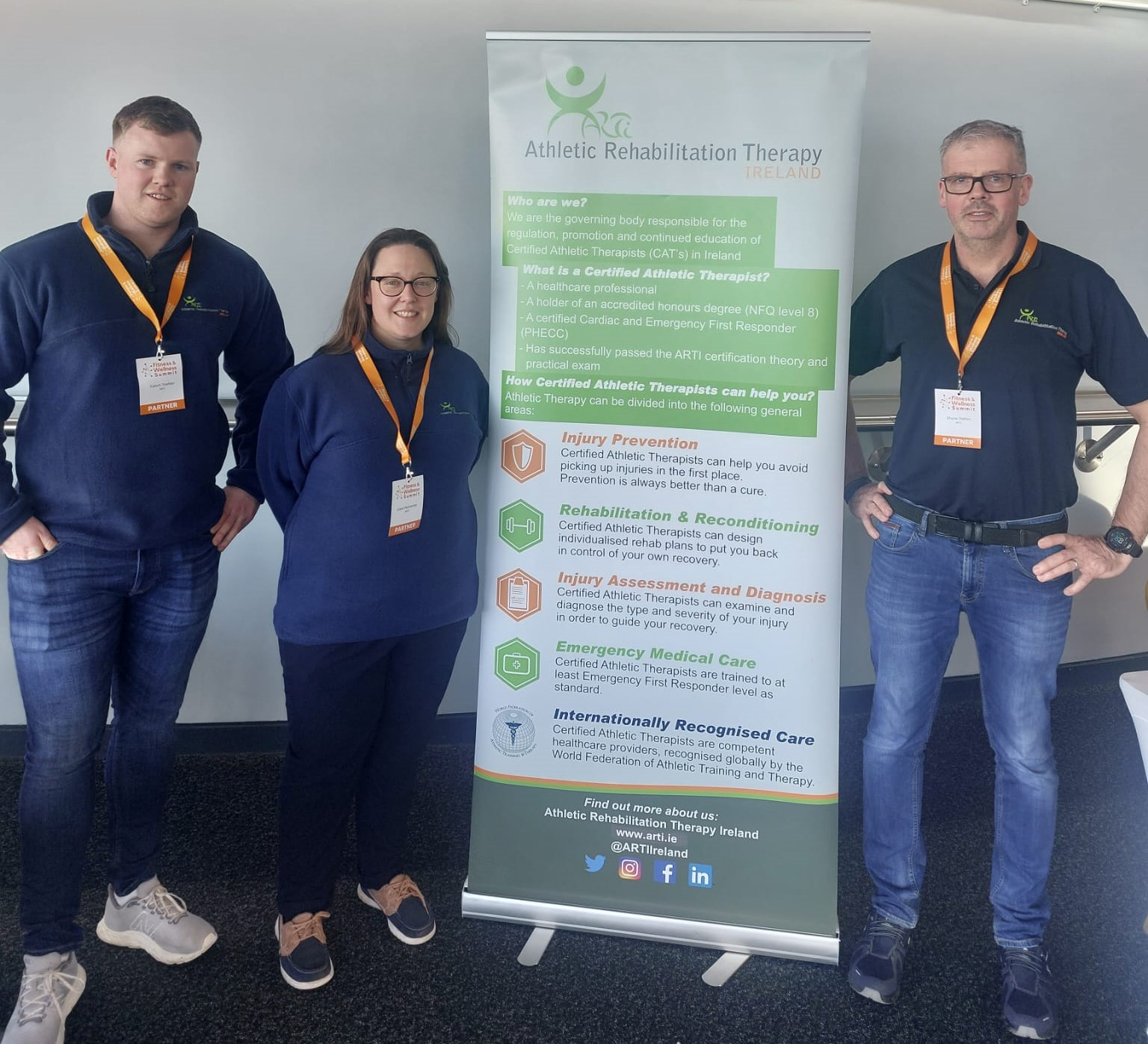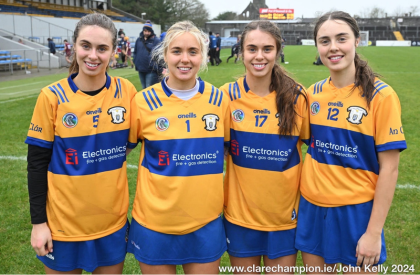TQ: “What are the most significant changes or updates to the consensus statement on concussion in sport that would be of interest to ARTC’s working in sport at all levels?”
DG: “Several papers have emerged from the 5th Consensus. The overall summary would be that the SCAT5 provides “the most well established and rigorously developed instrument for sideline testing”. This is true.
One of the most important outcomes of the Berlin Conference is the publication of not only their findings but thorough descriptions of how such vital guidelines were built. The highest scientific standard was adhered too for the purpose of transparency and quality. Clinicians should now be appropriately comfortable and confident with the SCAT based on several versions now being common practice. All previous versions should be removed from circulation and best practice should be parallel to the SCAT5, Child SCAT5 and CRT5.
Some of the most significant changes include changes to the……
Consensus statement
- There are 11 ‘R’s’ to the management of sports related concussion. The statement is laid out by each ‘R’ (recognise, remove, re-evaluate, rest, rehabilitation, refer, recovery, return to sport, reconsider, residual effects and sequelae, risk reduction). (They have laid the document in a very concise manner all italic writing demonstrating new or changed opinion).
Further changes to the definition
- The best approach to the recognition of SRC is a multidimensional test guided by the exert consensus.
- The SCAT is best utilised immediately after injury with its utility decreasing significantly from 3-5 days post injury.
- The symptom checklist is beneficial in tracking recovery.
- Baseline testing may be useful but not necessary for interpreting post injury data.
- Additional testing that can be helpful includes timed reaction testing, gait/balance assessment, video observable signs and oculomotor screening.
- When concussion is suspected the athlete should be removed and tested with a multidimensional assessment.
- Sporting bodies should allow adequate time for this assessment (10 min) and provide and adequate environment both on and off-field.
- Rule changes may need to occur in some sports to allow for this without unduly penalising the injured players team or the flow of the game.
- The final determination regarding a sports related concussion diagnosis and/or fitness to play is a medical decision based on clinical judgement.
- A return to school strategy table has been provided.
- Advanced neuroimaging, biomarkers and genetic testing are valuable research tools but still require further validation in SRC evaluation.
- There is currently insufficient evidence that complete rest is required. After a brief acute period of rest (24-48hrs) patients can be encouraged to become gradually more active while staying below their cognitive and physical symptom threshold. The exact amounts are not yet well defined and further research is required.
- Literature has not yet evaluated early interventions for rehabilitation as most recover in 10-14 days. Data supports interventions that include psychological cervical and vestibular rehabilitation. Closely monitored active rehabilitation that includes controlled submaximal exercise at sub-symptom-threshold level has shown to be safe and beneficial. The evidence around this and several other areas of rehabilitation requires further work.
- A whole section has been added in as persistent symptoms under “refer”. It is suggested that a definition should be determined for post-concussive symptoms which occurs (10-14 days adults, >4 weeks children) beyond typical recovery.
- The best predictor for slower recovery is the severity of symptoms initially. A new paragraph has been added which makes specific reference to those with a history of migranes, mental health or ADHA.
- Establishing time to recovery has also been a significant addition but remains a grey area.
- A specific call has been made that the next consensus should have adequate evidence for children. It has suggested that schools should have a concussion policy that includes education on SRC prevention and management for teachers, staff, students, parents and should offer appropriate academic accommodation and support during a students recovery. Children should not return to sport until they have returned to school.
- The literature on neurobehavioral sequelae and long-term consequences of repeated head trauma is inconsistent. The potential to develop Chronic Traumatic Encephalopathy must be considered…….a cause-and-effect relationship has not yet been demonstrated between CTE and SRC or exposure to contact sports.
- A significant addition has been made in the area of prevention detailing emerging research.
- The conclusion states “while agreement exists on the principal messages conveyed by this document the authors acknowledge that the science of concussion is incomplete and therefore management and return to play decisions lie largely in the realm of clinical judgement on an individualised basis.”
http://bjsm.bmj.com/content/early/2017/04/26/bjsports-2017-097699
TQ: “What are the main differences or practical implications between the Scat 5 (new edition) and previous edition (Scat 4)?”
DB: “The SCAT5 is very similar to the previous. This was a decision based on its world-wide use, common understanding and familiarity. The changes are outlined in box 1 SCAT 5 modifications. Changes include but are not limited to; a declaration that it cannot be completed in less than 10 min. Indications for emergency management, clarified symptom checklist instructions, additional post injury questions, SAC 10 word option. A notation of the last word recall time. A rapid neurological screen has been included, return to sport states rest should last no longer than 24-48hr. A school progression has been added and specific indication that return to sport should occur only by written approval by a healthcare professional.”
“THE MOST SIGNIFICANT ADDITION IS THE NEUROLOGICAL SCREEN WHICH INCLUDES READING AND EYE MOVEMENTS AMONGST OTHERS.”
http://bjsm.bmj.com/content/51/11/851
TQ: “Can you tell us briefly about the CRT5 and its relevance for non-medical practitioners involved in sport?”
DB: “The CRT5 is again a follow up document. It is for the lay-person and should not be used for a diagnosis. It is to recognise possible SRC and to lead to appropriate steps and action taken if one is suspected. Little research has been conducted on its utility of efficacy. Again this presents another call for research by the CISG.
Key modifications include that it is not a diagnosis, greater emphasis for recognise and remove, expansion of red flags, immediate referral points, list of signs and symptoms, awareness questions and cautions regarding acute management and restrictions on behaviours.
It of course is a helpful tool as long as it is utilised. It should be widely disseminated. It provides instructions with clear language for the lay person thus assisting in the identification and care of concussion in many populations.”
http://bjsm.bmj.com/content/51/11/872
TQ: “Are there any new emerging trends in concussion research that may have future potential to help with our diagnosis of concussion?”
DB: “Several references were made to video analysis and other diagnostic tests (that don’t yet have sufficient power to support their use). Although force sensor analysis was discussed again there is a lack of consistent evidence to support its use. Further mention was given to sophisticated areas of research such as neuroimaging, genetic testing, pharmacology and fluid biomarkers to assist in diagnosis but again insufficient evidence is currently available.”
TQ: “Return to learning/work and return to play is an extremely important aspect for practitioners using the SCAT 5. Can ARTC’s working in sport be confident that the SCAT 5 is sufficient in this regard? or would you recommend using the SCAT 5 in conjunction with other concussion assessment tools such as the VOMS (vestibular/ocular motor screening assessment)?”
DB: “The consensus outlines that medical practitioners must use experience and judgement. This adds to their suggestion that the SCAT5 is the most robustly testing assessment strategy available but others may be used in addition to the SCAT5 to further inform the clinician. I think the additional of reading and eye-movement to the SCAT5 is a significant development which can be viewed at a nod towards further assessment in these areas for example VOMS. With any additional testing it is important to consider the population and the practitioners understanding and training to utilise a test correctly and effectively. Though they may not have appropriate power and be lacking in quality in areas, there is certainly research to support other methods of testing. I think the area of vestibular and oculomotor examination will continue to have positive findings in support of their use”.
TQ: “Dearbhla, on behalf of the ARTI board I would like to thank you very much for your time and for this invaluable information that is of such great importance to our members.”

